Opening Price Principle: Best Kept Secret on Wall Street
$67.08
| Author(s) | , |
|---|---|
| Format |
|
| Pages |
105 |
| Publication Year |
1999 |
We trade the “Opening Price Principle” every day we are in the markets. It has made us money and saved us money. Why share this principle? We share it because we are committed to teaching traders. If you want to know how we would explain and illustrate the “Opening Price Principle” and its use to someone sitting with us at our trading desk, then read this book. Better yet, “work” this book. We only take students who are willing to “do the work.” That philosophy is reflected in this book.
YOU have to do some work. That is the nature of learning and gaining experience and eventually coming to a place of wisdom. We also believe in the “keep It Simple” principle. We use simple language, communicate clearly and focus on the real and very practical constraints every trader faces in today’s market. In short, without sitting beside us watching prices unfold and the “Opening Price Principle” operate in the market, this book is the closest we can bring you to that ultimate learning experience.
SUMMARY OF THE OPENING PRICE PRINCIPLE:
- The opening price is neap the high or low of the day approximately 70% of the time.
- Traders should realize that when a stock or commodity opens, it is also likely the high or the low of the day. Prices then move away from the opening establishing the day’s trading range.
- The most frequently asked question about the opening price is: “How many bars or minutes should I wait before entering a trade?” The answer to this question lies in risk control. No trader “knows” what is going to happen next in the market. No trader “knows” how much profit will be in the next trade. Therefore, the trader must focus on risk. So rephrase that question to: “If I enter here what is my risk?”
- Each trade is a separate entity. Determine the risk on each trade before you place the trade!
- Opportunities exist for substantial profits when stocks and commodities are the most volatile. Trade only the most liquid stocks or commodities. Always and we mean always, control your risk!
- The Chinese characters for opportunity and risk are the same! The context of the sentence determines their interpretation. In the context of trading, the market determines the opportunity and the trader determines the risk. Control the only element of trading you as a trader can control – risk!
Contents:
- PROVE THE OPENING PRICE PRINCIPLE FOR YOURSELF!
- TRADING THE OPENING PRICE PRINCIPLE
- PATTERN RECOGNITION
- PATTERN PRIMER
- ORDER FROM CHAOS – THE FIBONACCI SUMMATION SERIES
- PROPORTIONS OF IMPORTANCE
- RISK MANAGEMENT, PATTERNS AND THE OPENING PRICE PRINCIPLE
- PROFITS. PATTERNS AND THE OPENING PRICE PRINCIPLE
- FINAL THOUGHTS
Opening Price Principle: Best Kept Secret on Wall Street By Larry Pesavento, Peggy MacKay pdf
1 review for Opening Price Principle: Best Kept Secret on Wall Street
Clear filtersOnly logged in customers who have purchased this product may leave a review.



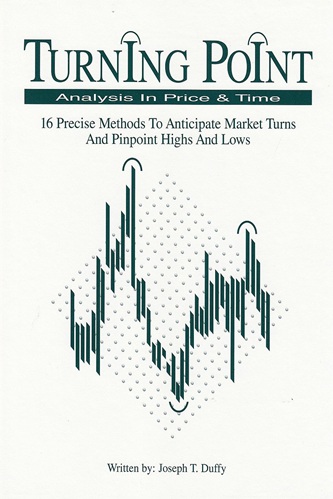
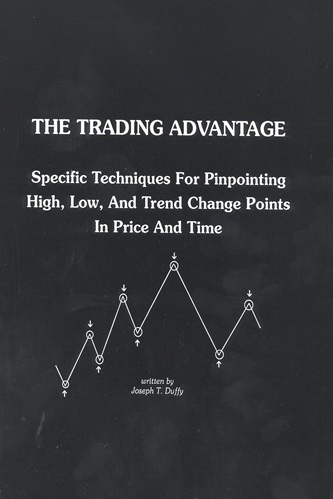
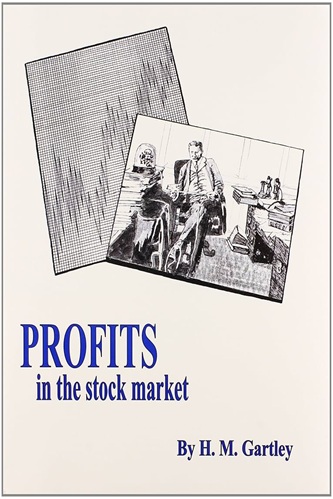
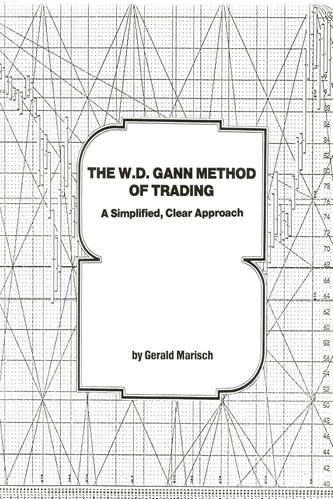
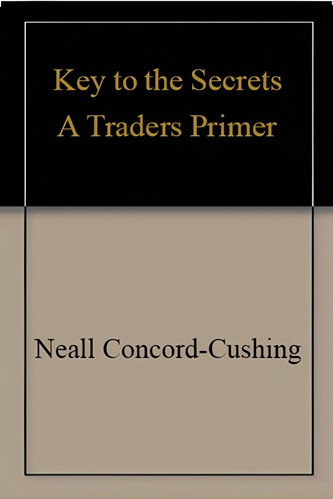
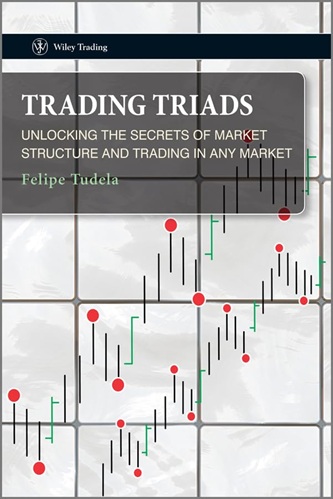
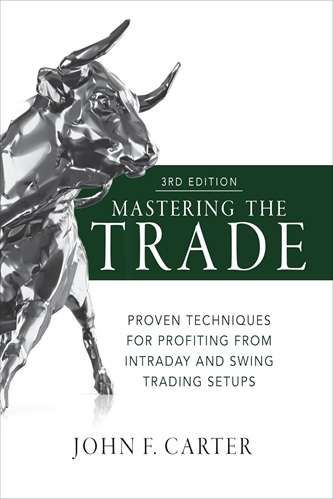
Demetrius Andrews (verified owner) –
I agree that this book could be better written and I am a little disappointed in its contents. However, I believe that many of the other reviewers fail to understand the importance of the concept in this book. He happens to use it with Fibonacci, but do not think this is just another Fibonacci book. I recommend all professional day traders like myself to draw a colored line each day at the NYSE Opening Price ( I trade e-minis myself) and over time you will start to see how important this price often is, especially in wide range days. Larry Pesavanto uses is as a filter – favor buying if above the opening price and favor selling if below the opening price. This is something I do and helps put probability greatly on your side. Also, as illustrated in his book, the opening price often act as an important Support/Resistance level. In my opinion it is much more important than yesterday’s closing price, esp. after the gap has been filled. Although the book has me wishing for more content I highly recommend getting this book and adding the principle in your trading! Profitable trading entails putting probability on your side. This book provides information that can do that! I have plenty of trading books where I do not use anything from them, so if I can get one or two important things out of it, I have gotten my money’s worth. I don’t have any of his other books but I can say this one is well worth the money! Hence I am giving the book 4 stars and do not believe that it should have a rating of less than 3 stars due to the content and the price. Linda Raschke also uses the Opening Price Principle and Edward Dobson highly recommends this book.